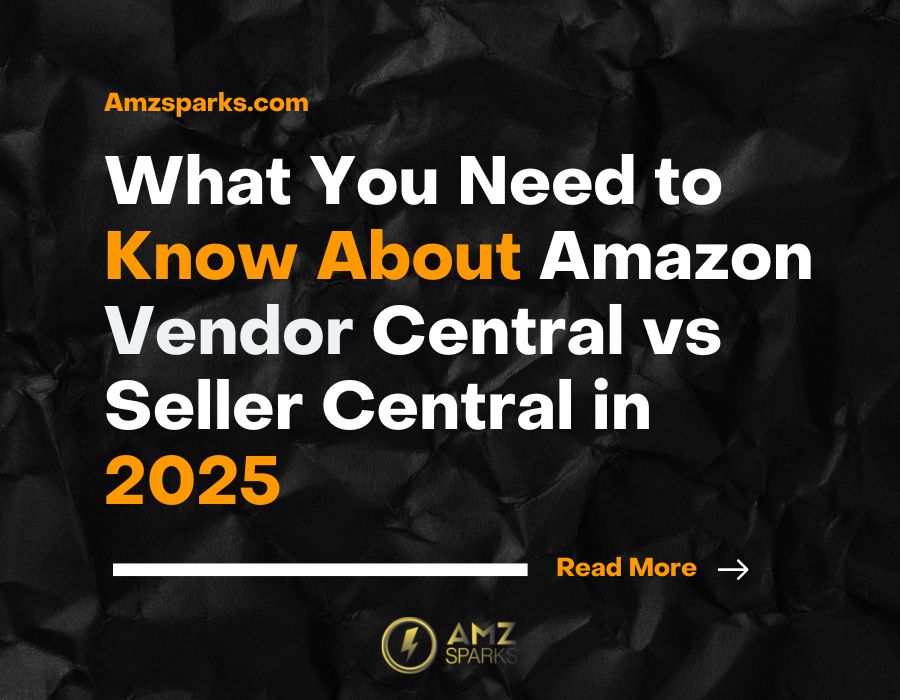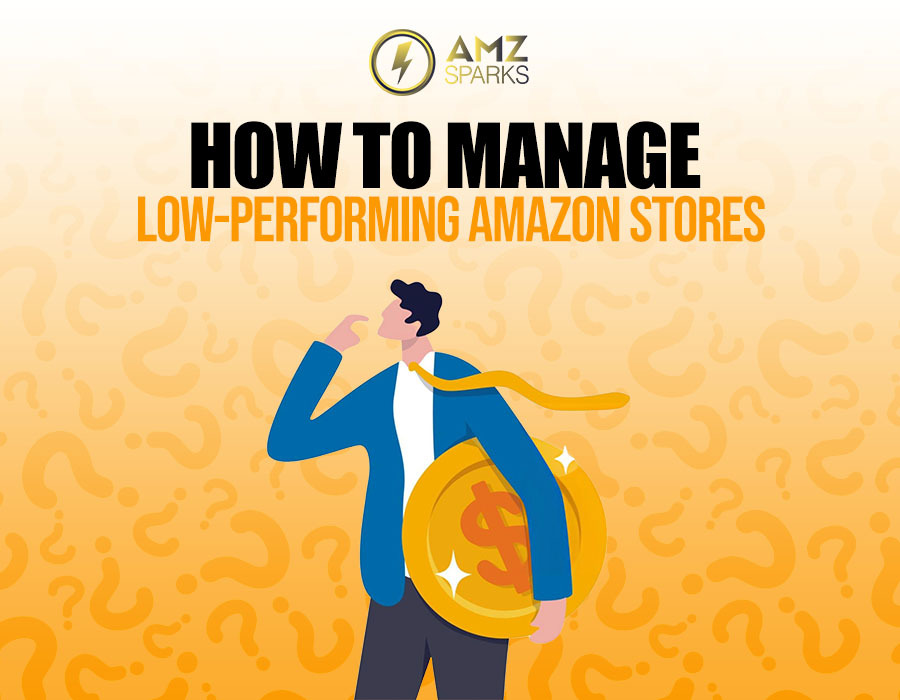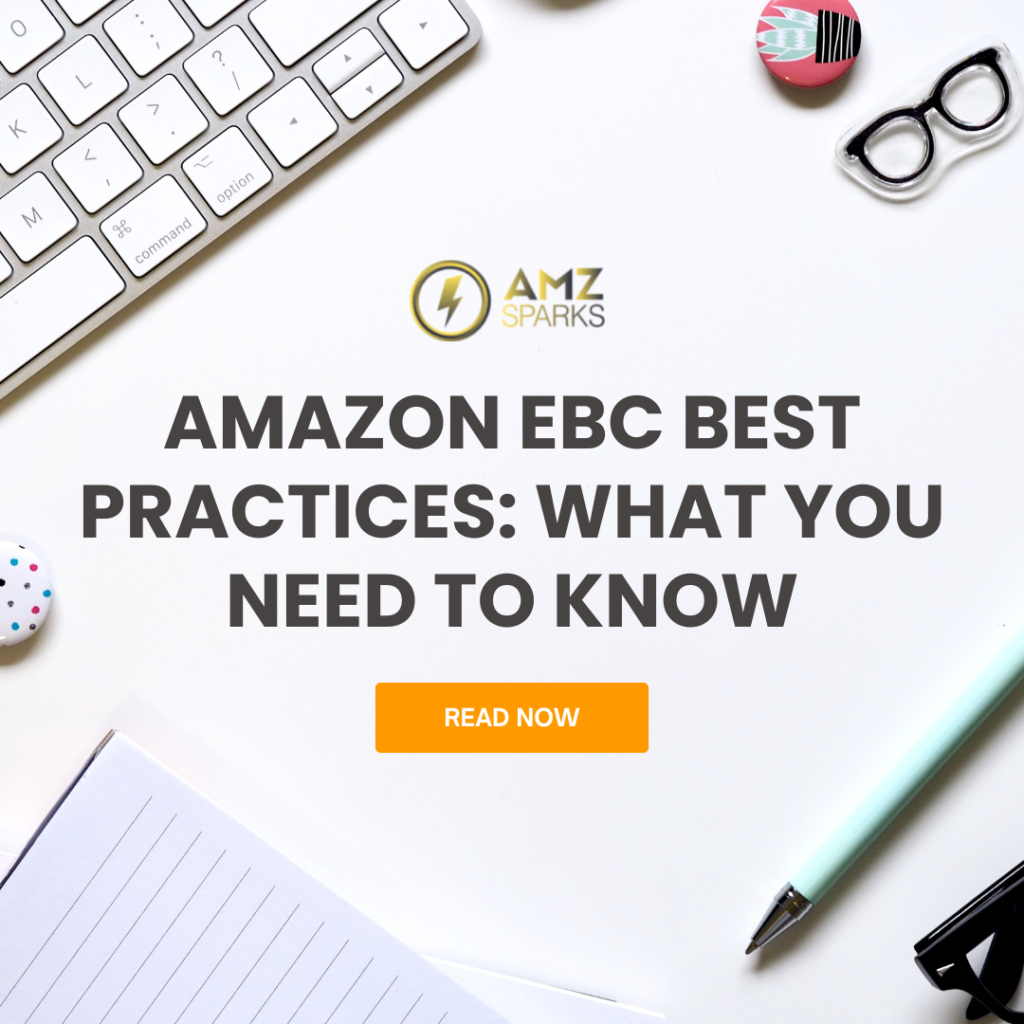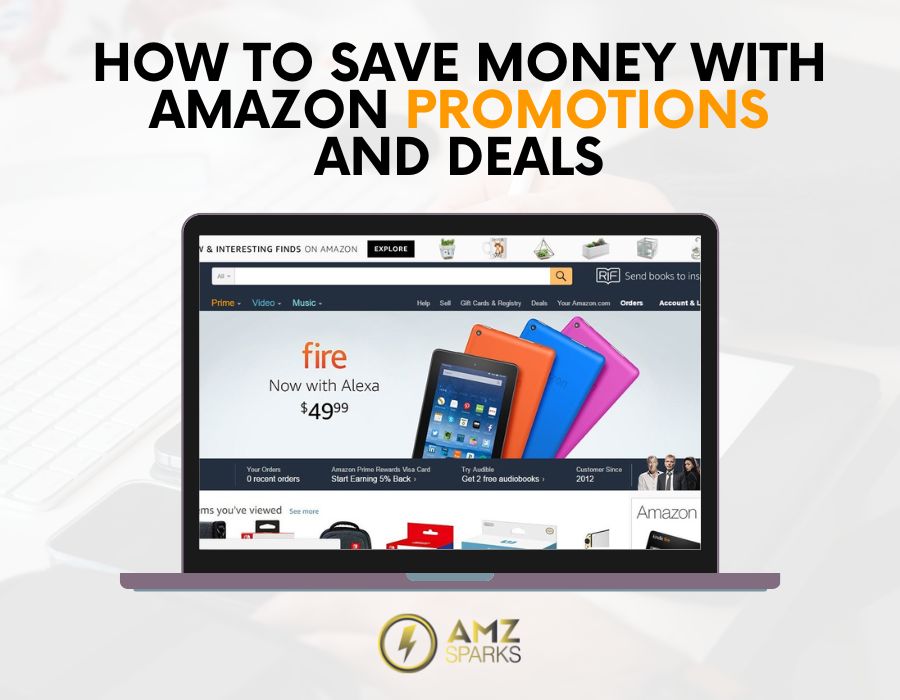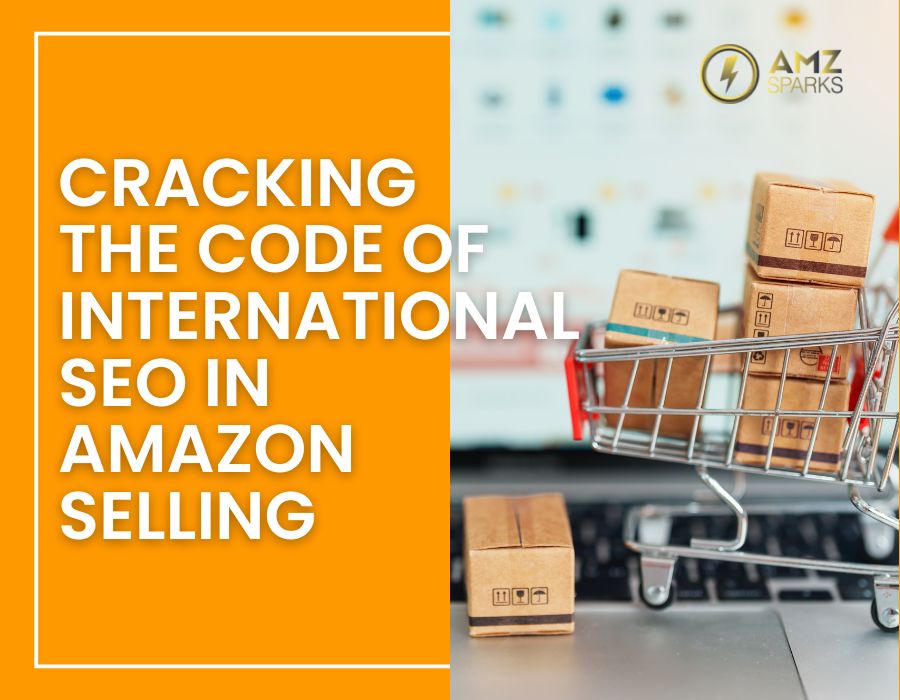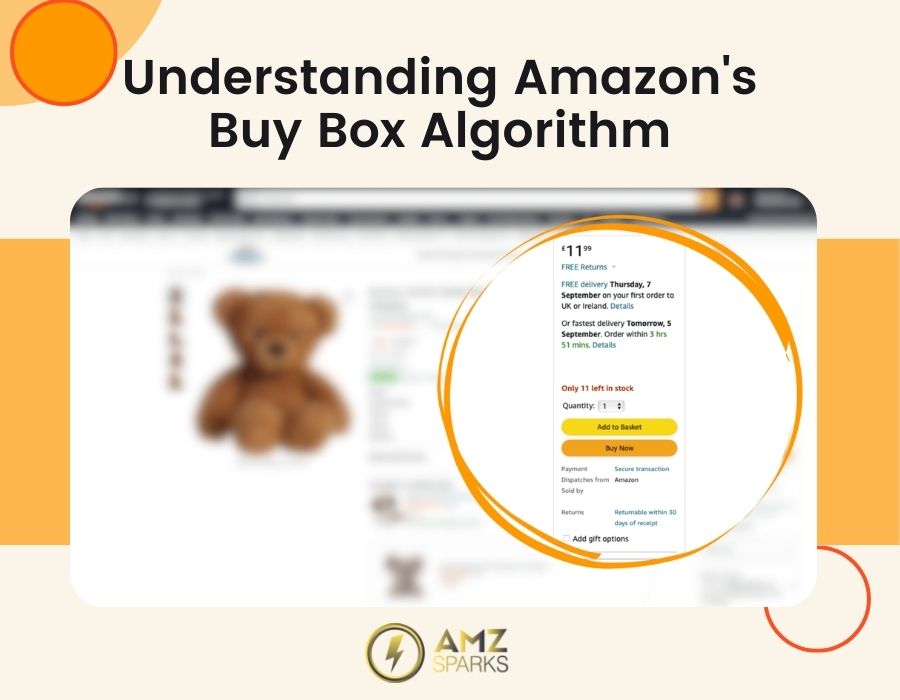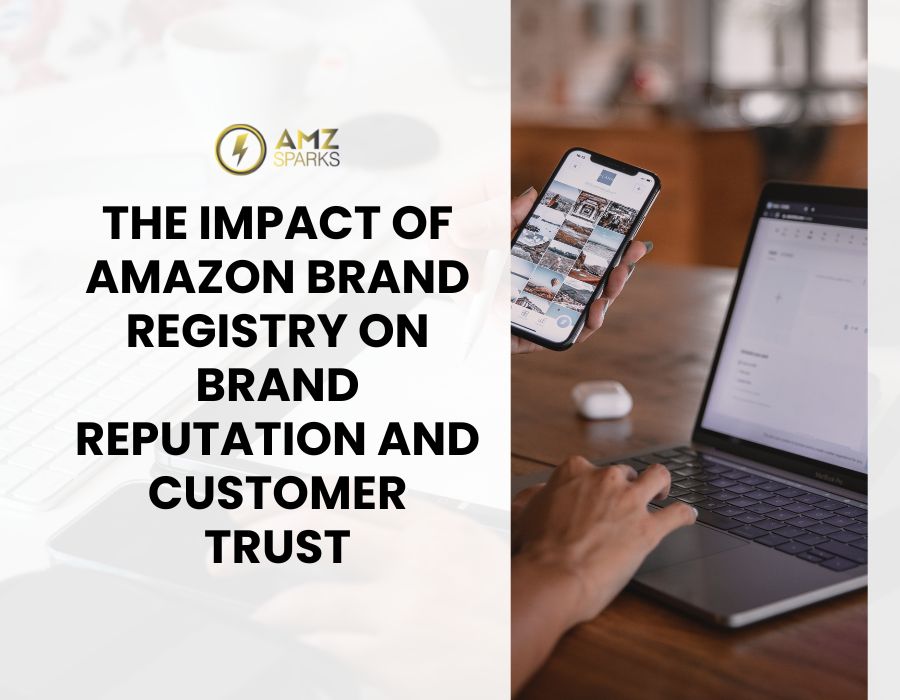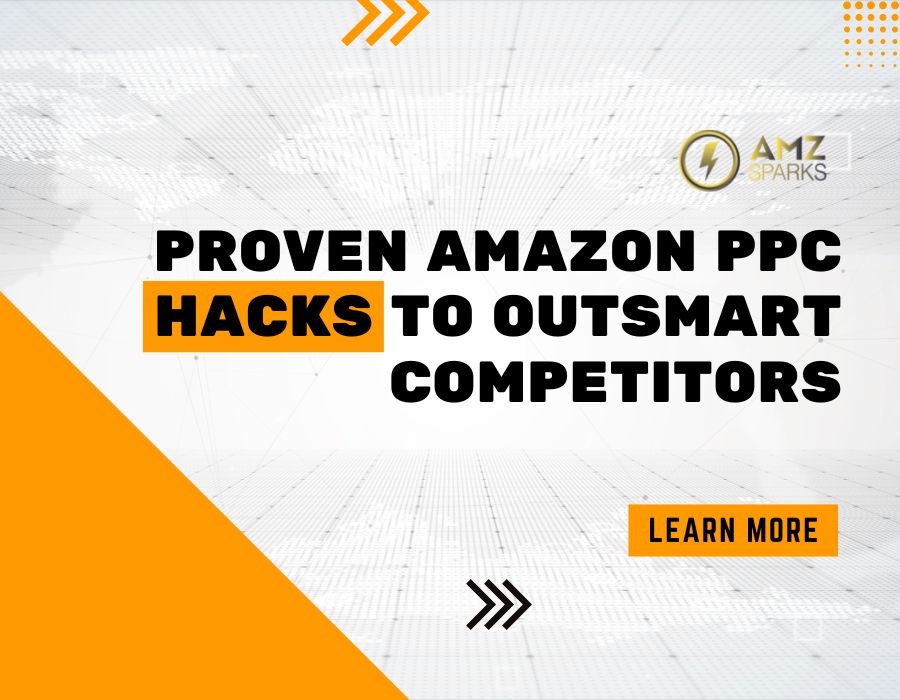What You Need to Know About Amazon Vendor Central vs Seller Central
Amazon, the world’s largest online marketplace, offers two primary avenues for seller advantages to reach customers: Amazon Vendor Central and […]
What You Need to Know About Amazon Vendor Central vs Seller Central Read More »
